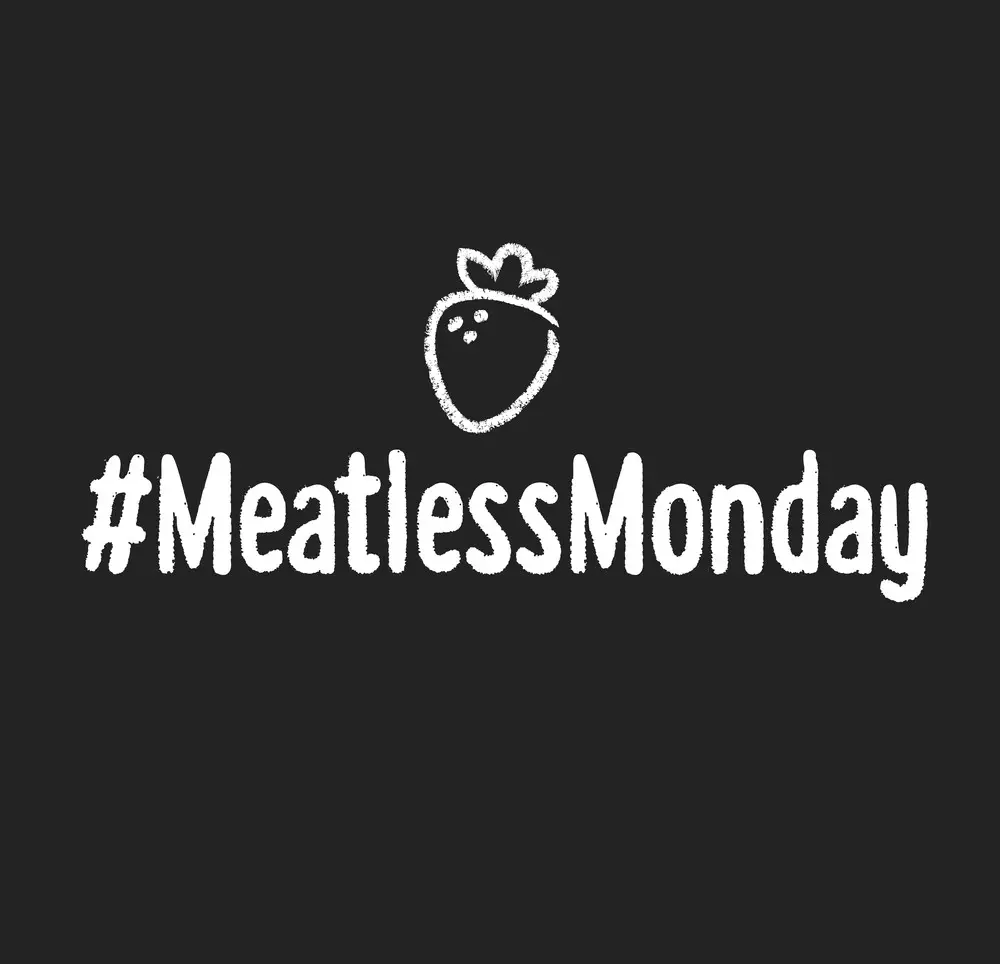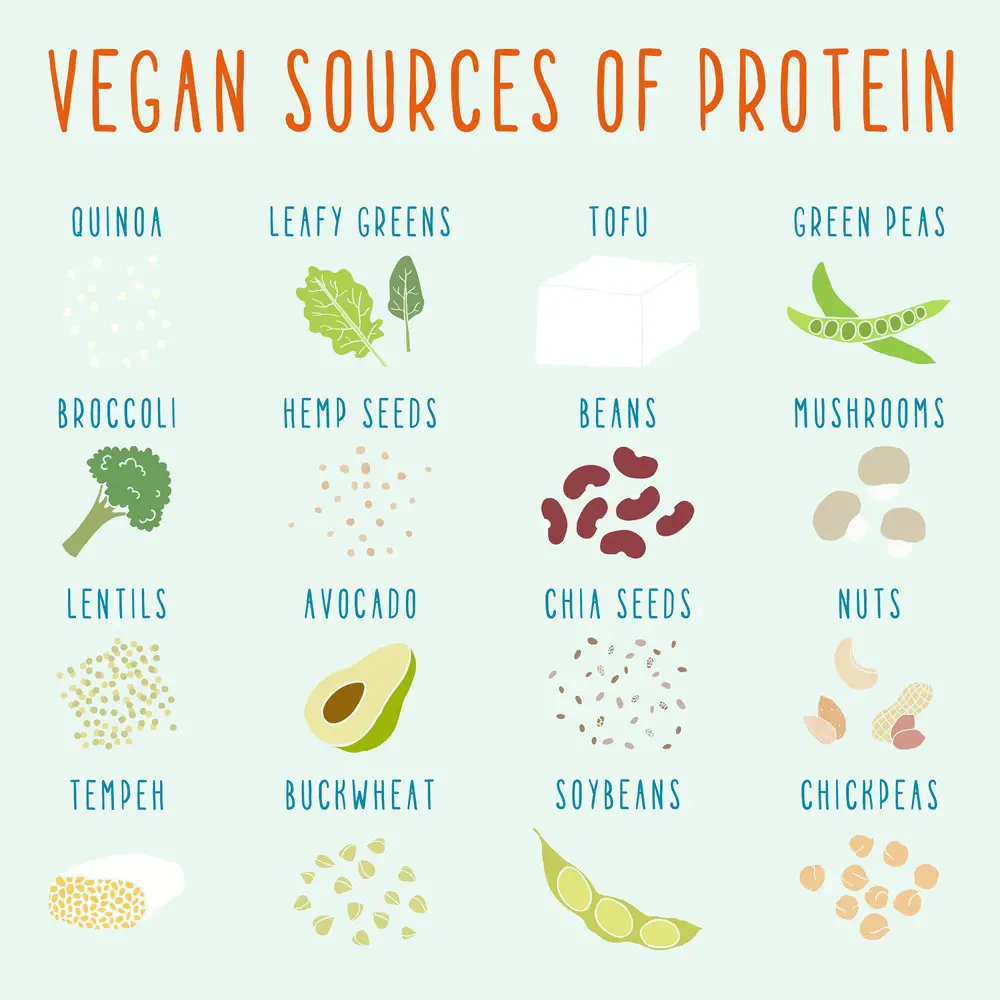People continue to switch to a plant-based diet thanks to increasing awareness of its benefits to our health and the environment. Plant-based diets allow you to explore the delicious foods grown in the soil while omitting anything animal-based.
Are you interested in how to switch to a plant-based diet? Switching to a plant-based diet can prove challenging if you don’t know where to start. Here’s how to get it right with a transition guide and practical tips that will allow you to discover the flavorful and nourishing foods that will help you cut out animal products entirely.
Easy Steps to Going Plant-Based

How to switch to a plant-based diet? There are two ways to do this – transition into it or go cold turkey. Transitioning is best because it helps the gut adjust and allows you time to find the foods you enjoy and get creative. Here are some easy steps to follow either way:
Increase Your Fruit and Veg Intake – Fruits and veggies have the fiber that will make you get satiated quicker and stay full longer.
Stock Up on Staples – Ensure your pantry and fridge are stocked with plant-based staples, making it easier to create meals. These include dried and canned legumes, tofu, rice, quinoa, pasta, nuts, seeds, oats, plant-based milk, and nutritional yeast.
Get Inspiration – Books with plant-based recipes and the internet are the best sources for inspiring recipe ideas.
Prepare Ahead – Being prepared makes switching to a plant-based diet more manageable. Start by planning and preparing meals once or twice a week, ensuring that there’s always something on hand during meal time, preventing regressions.
Research Alternatives – Read up on which products contain all the required nutrients (calcium, iron, protein, vitamin B12) to help you find healthy substitutes for animal products.
Include Variety Into Your Diet – Adding variety to your mealtimes will ensure you get all the essential nutrients and prevent you from getting bored of the same flavors. Please don’t fall into the habit of having French fries every day because they are vegan. Too much of one thing, especially fried foods, isn’t good for you.
Buy vegan Junk Food for Busy Days – Occasionally, if you are very busy, having a more processed meal is acceptable. Several types of vegan “junk” foods allow you to prepare a quick dinner, including minced meat, sausages, vegan patties for burgers, and chicken nuggets. Remember that these processed foods are higher in sodium and fats, so eat them rarely.
Inform Everyone – Let family and friends know why you are making a new lifestyle choice so that they can also help make your transition smoother. If you are all going somewhere you know won’t have a plant-based meal option, prepare by taking some snacks. If you haven’t prepared, don’t be too hard on yourself. Eat the food available, and revert to your plant-based diet the next day again.
Keep Trying – Don’t be too hard on yourself if you have had a minor relapse. Follow these tips, make small adjustments, and soon, eating plant-based will become second nature.
Transitioning to a Vegan Lifestyle
 It’s easier to transition into a plant-based diet, allowing you time to wean off animal products, explore different foods, and learn more about their nutritional value. Here’s how to switch to a plant-based diet gradually:
It’s easier to transition into a plant-based diet, allowing you time to wean off animal products, explore different foods, and learn more about their nutritional value. Here’s how to switch to a plant-based diet gradually:
One Plant-Based Meal a Day
Cutting out all animal products at once does not work for everyone. If you need to transition into a plant-based diet, then you need to phase out meat, milk, eggs, etc slowly.
Start by introducing one plant-based meal per day. You can switch these meals around, ensuring you can explore all your plant-based options for breakfast, lunch, and dinner.
Introduce a Meatless Monday
 Meatless Mondays have become a popular trend worldwide, allowing one day of the week to try out their plant-based skills in the kitchen. Introducing Meatless Monday to the family or workplace enables you to create a supporting network that will make it easier to resist caving into eating animal products. Once you have adapted to going meatless on Mondays, you can start making more animal-product-free days in the week.
Meatless Mondays have become a popular trend worldwide, allowing one day of the week to try out their plant-based skills in the kitchen. Introducing Meatless Monday to the family or workplace enables you to create a supporting network that will make it easier to resist caving into eating animal products. Once you have adapted to going meatless on Mondays, you can start making more animal-product-free days in the week.
Gradually Replace Animal Products Gradually
Another great transitioning idea is to find plant-based products to swap with your milk, meat, chicken, etc. Start by replacing your regular milk with a plant-based one, then replace chicken in your food with legumes, etc. If you miss the taste and texture of meats, use vegan meat alternatives. And remember, you don’t need to worry about protein when on a plant-based diet if you include plant-based protein in your diet.
Don’t Stress
Gradually switching to a plant-based diet is an excellent way to make the transition to vegan, but if you have a setback, don’t stress. Resume your plant-based diet, and eventually, your commitment to yourself will become a reality.
Simple Tips for Switching to Plant-Based
Everyday Health defines the different types of plant-based diets. They include:
- Vegetarian
- Vegan
- Pesco vegetarian
- Semivegetarian or flexitarian
- Ovo, lacto, or lacto-ovo vegetarian
- Raw vegan
The Mediterranean diet falls into this broad category because it emphasizes plant-based foods and includes some dairy and lean proteins.
What Foods to Eat Include in Your Plant-Based Diet
- Vegetables like kale, Swiss chard, collard greens, spinach, sweet potatoes, asparagus, bell peppers, cauliflower, and broccoli
- Fruits like avocado, berries, watermelon, apples, grapes, bananas, grapefruit, and oranges
- Whole grains like whole-wheat pasta and bread, quinoa, farro, brown rice
- Nuts and seeds
- Beans, lentils, etc.
- Coffee and tea (including herbal teas)
Depending on your plant-based diet, limit or exclude the following:
- Dairy products like cheese, milk, and yogurt
- Fish, meat, and poultry
- Processed meats like ham, sausages, and hot dogs
- Eggs
- Refined grains
- Sweets and sweetened beverages
- Honey, if you’re vegan
A Guide to Transitioning to a Vegan Diet
 Making a plant-based diet transition means making changes to ingredients when cooking. Often, when people ask, “How to switch to a plant-based diet?” they are looking for ways to adapt their favorite flavors to their plant-based foods. Here’s a guide to transitioning to a vegan diet by changing ingredients in recipes with these plant-based swaps:
Making a plant-based diet transition means making changes to ingredients when cooking. Often, when people ask, “How to switch to a plant-based diet?” they are looking for ways to adapt their favorite flavors to their plant-based foods. Here’s a guide to transitioning to a vegan diet by changing ingredients in recipes with these plant-based swaps:
- Replace butter in recipes with olive or avocado oil.
- It’s easy to make vegan mayonnaise, but if you are transitioning, you could replace it in a sandwich or salad with mashed avocado or chickpeas.
- Replace dairy milk with plant-based milk in your cooking or baking.
- Reduce the meat content by adding more beans to stir-fried dishes, burgers, or casseroles. You can progressively reduce the amount of meat until your creations contain only beans.
- Replace the egg with tofu if you feel like a scramble for breakfast.
- Use flaxseed “egg” to replace eggs in baking.
- Look for recipes that make vegetables the main ingredient.
Making the Switch: Plant-Based Diet 101
Switching to plant-based should not be difficult if you do your research. If you want a plant-based diet 101 when researching how to switch to a plant-based diet, you need to read up more about what to include and what you need to start excluding.
Plant-Based with Amy, a website created by Amy Gorin, a registered dietician nutritionist, is a wonderful resource to take you through your first steps. Besides providing information about the importance of choosing plant-based, you will get a good guide on transitioning into your new dietary choice, which foods to include and which to eliminate, an excellent meal plan that simplifies your options, and a grocery list to follow the plan.
Transitioning to Vegan: Your Step-by-Step Guide
 You will likely make mistakes that derail your progress when transitioning to a plant-based diet.
You will likely make mistakes that derail your progress when transitioning to a plant-based diet.
One common pitfall that can disrupt your progress into following a nutritional diet that is better for your health and the environment is failing to use less processed plant proteins.
Here’s a step-by-step guide on how to transition to vegan more successfully by including satisfying choices in your diet:
- Prioritize using nominally processed plant proteins by preferring tofu and edamame instead of substitutes like plant-based beef or chicken.
- Diversify your diet and nutrient intake by adding ingredients from various plant-based groups to your foods.
- Use high-quality plant proteins by adding beans, soy, peas, whole grains, nuts, and seeds to meals.
- Prefer unsaturated fats like olive or avocado instead of coconut oil wherever possible.
Switching to Plant-Based: Where to Start
Switching to plant-based is easier if you know which ingredients to substitute for animal products. Here’s where to start if you want to know how to switch to a plant-based diet:
Meat
Protein is crucial to the diet because it provides energy and ensures optimal body function. Few vegan proteins contain all nine amino acids, but eating a balanced diet will ensure an adequate supply. Great vegan options for replacing meat include tofu, tempeh, lentils, jackfruit, mushrooms, tempeh, seitan, beans, and textured vegetable protein.
Milk and Dairy
You can replace milk and dairy by looking for almond, soy, coconut, hemp, flax, and rice-derived products.
Cheese
Replacing cheese with any vegan cheese made with vegetable oils and nuts is easy. Other ingredients used for vegan cheese production include arrowroot, tapioca, peas, and agar. You could also try to make your own.
Eggs
Unless you are vegetarian, you won’t want to include eggs on a vegan plant-based diet. Luckily, you can find several ways to replace eggs in your baking. One of the easiest ways is to use a tablespoon of ground chia or flax seeds and three tablespoons of water to replace each egg. You can also use tofu to make a delicious breakfast scramble.
Tips for a Smooth Transition to a Vegan Lifestyle
Do you want to know how to switch to a plant-based diet smoothly? Making a smooth transition to a vegan lifestyle need not be difficult if you follow these tips:
- Decide your approach and strategy, whether to go cold turkey or transition.
- Pick your plant-based diet, for example, vegan, vegetarian, or flexitarian, and learn which food you can include and which you can’t.
- Clean out your kitchen according to your approach and strategy. If you are taking the transitional approach, include small amounts of plant-based foods with loads of plant-based ones to ensure you get used to the textures. If you sweep out all animal-based products and go cold turkey into plant-based, remove everything and donate the foods to charity.
- Prioritize weekly planning and go shopping armed with a list of ingredients to make it easier to serve plant-based meals even on your busiest days.
- Get inspiration from all the resources available and prep far ahead, making it easy to include plant-based ingredients in your cooking!

